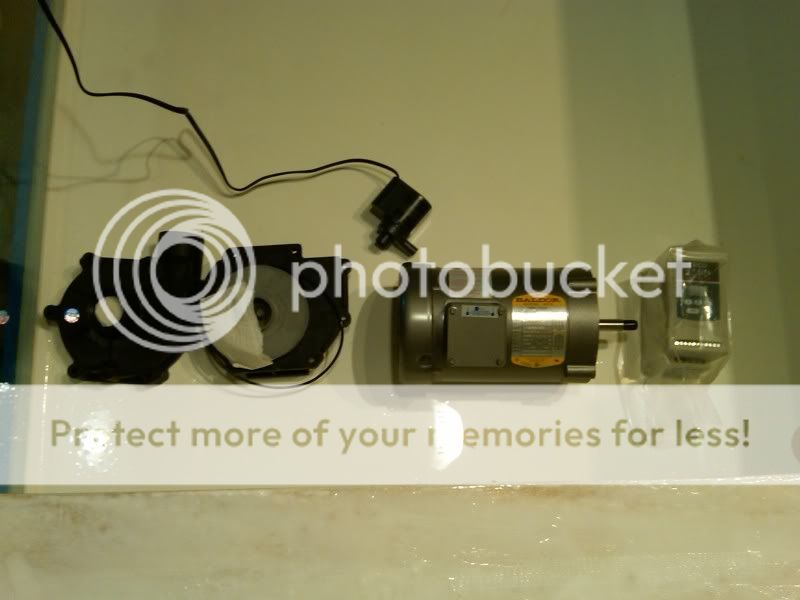stugray
Premium Member
Welcome back & Welcome to the "REAL Closed Loop" Club!!
I believe the founding father was liveforphysics.
We are all but humble apostles.... I hope to see water soon.
Stu
P.S. dont forget to install the slinger disk on the drive shaft just in case you didnt get one with the wet-end.
I believe the founding father was liveforphysics.
We are all but humble apostles.... I hope to see water soon.
Stu
P.S. dont forget to install the slinger disk on the drive shaft just in case you didnt get one with the wet-end.





